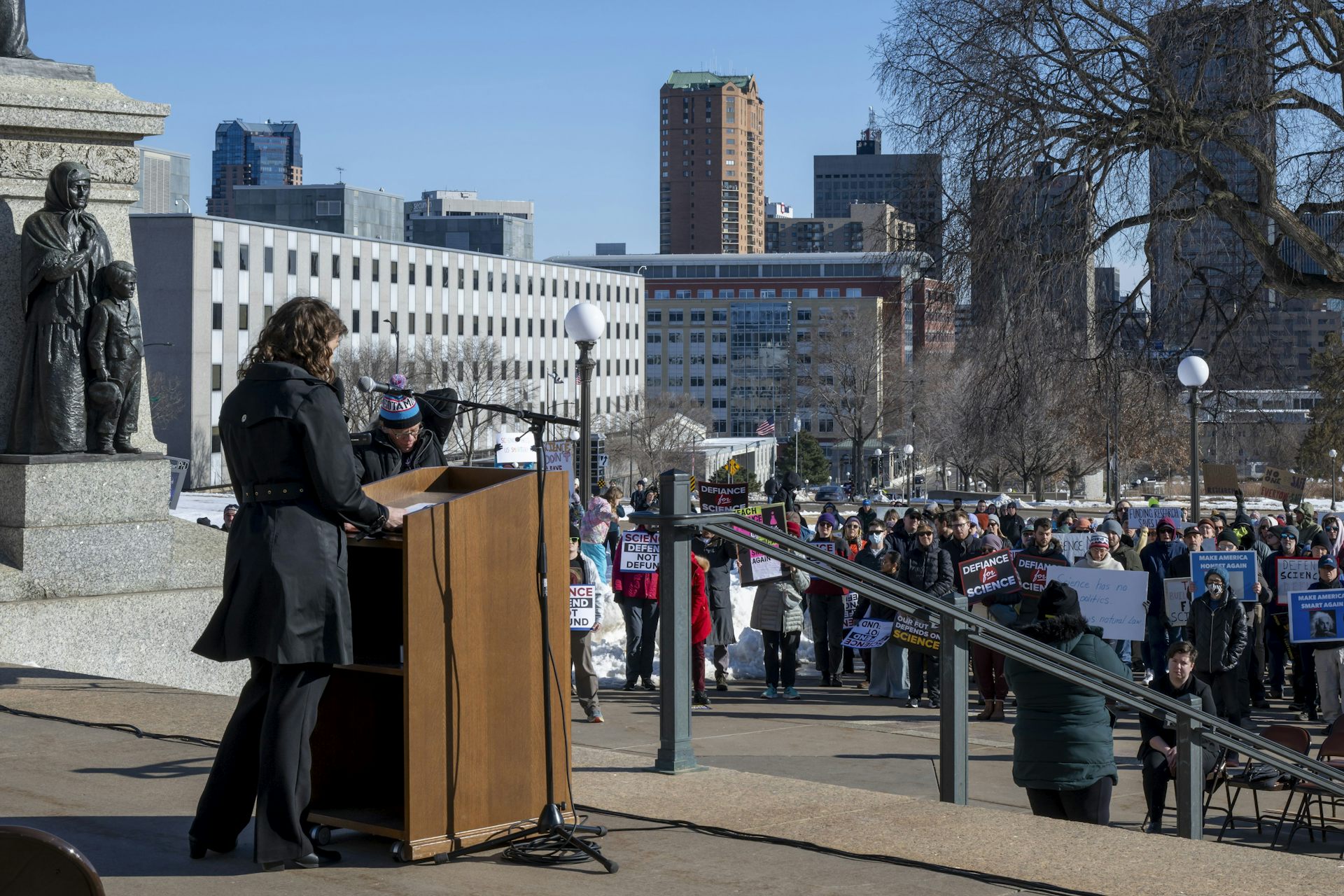Roots of racism: 6 essential reads
When were the seeds of racism sown in the US and why is it so hard to root out?


These stories from The Conversation archive explore where racism came from and why it persists.
1. Going back to Europe
American University historian Ibram Kendi has traced the history of racist ideas in the U.S. back to the European societies that largely populated our nation. In an essay based on his award-winning book “Stamped from the Beginning,” Kendi rejects the conventional wisdom that hate and ignorance breed racist policies.
Rather, Kendi writes: “Time and again, powerful and brilliant men and women have produced racist ideas in order to justify the racist policies of their era.”
2. Myths of slavery
Arguably, the most racist policy of any era was the one that allowed whites in this country to call black people property – chattel slavery.
Many people connect the origins of racism to slavery without knowing much about that history. Daina Ramey Berry, a historian at University of Texas at Austin, lays out four major myths of slavery – including the idea that it happened too long ago to have much impact on our contemporary society.
“Truth: African-Americans have been free in this country for less time than they were enslaved,” Berry writes. “Do the math: Blacks have been free for 152 years, which means that most Americans are only two to three generations away from slavery.”
3. Teach your children well
One reason racism persists into contemporary times is because racist ideas are passed down from one generation to the next. Psychologist Marjorie Rhodes looks at the importance of how adults speak to children.
“Hearing generalizations, even positive or neutral ones, contributes to the tendency to view the world through the lens of social stereotypes,” Rhodes writes.
4. Not just city folk
One stereotype people hold is that American cities are diverse while rural areas are mostly white.
However, research by Jennifer Van Hook and Barrett Lee at Penn State shows “the populations of communities throughout the nation are being transformed,” as the scholars write. “Nine out of 10 rural places experienced increases in diversity between 1990 and 2010, and these changes occurred in every region of the country.”
The researchers argue this trend is past the tipping point. “Despite the initial importance of migration, racial and ethnic diversity is now self-sustaining,” they write. “Minority groups will soon be maintained by ‘natural increase,’ when births exceed deaths, rather than by new immigration.”
5. Learning while black
Kevin O'Neal Cokley of the University of Texas, Austin is an African-American scholar who studies the experiences of black college students.
“The unfortunate reality is that black Americans experience subtle and overt discrimination from preschool all the way to college,” Cokley writes. “Black boys are almost three times as likely to be suspended than white boys, and black girls are four times as likely to be suspended than white girls.”
The issue is not restricted to primary education. Black men are also underrepresented in college – even compared to black women. “According to data from the U.S. Census Bureau, there were 887,000 black women enrolled in college versus 618,000 black men,” Cokley writes.
6. A hopeful message
“How can we heal a nation that is divided along race, class and political lines?” Joshua F.J. Inwood of the Rock Ethics Institute at Penn State asked. He suggests that remembering Martin Luther King Jr.‘s message of love could bring our fractured nation together.
“For King,” Inwood writes, “love is a key part of creating communities that work for everyone and not just the few at the expense of the many.”
Read These Next
Black families pay more to keep their houses warm than average American families
More than 12 million US households keep their homes either too cold or too hot, sacrificing comfort…
Research breakthroughs often come through collaborations − attacks on academic freedom threaten this
Academic freedom grew strongly after World War II, with greater university funding, protections and…
When fake data is a good thing – how synthetic data trains AI to solve real problems
To overcome two challenges in training AI – scarce or hard-to-get data and data privacy – researchers…






